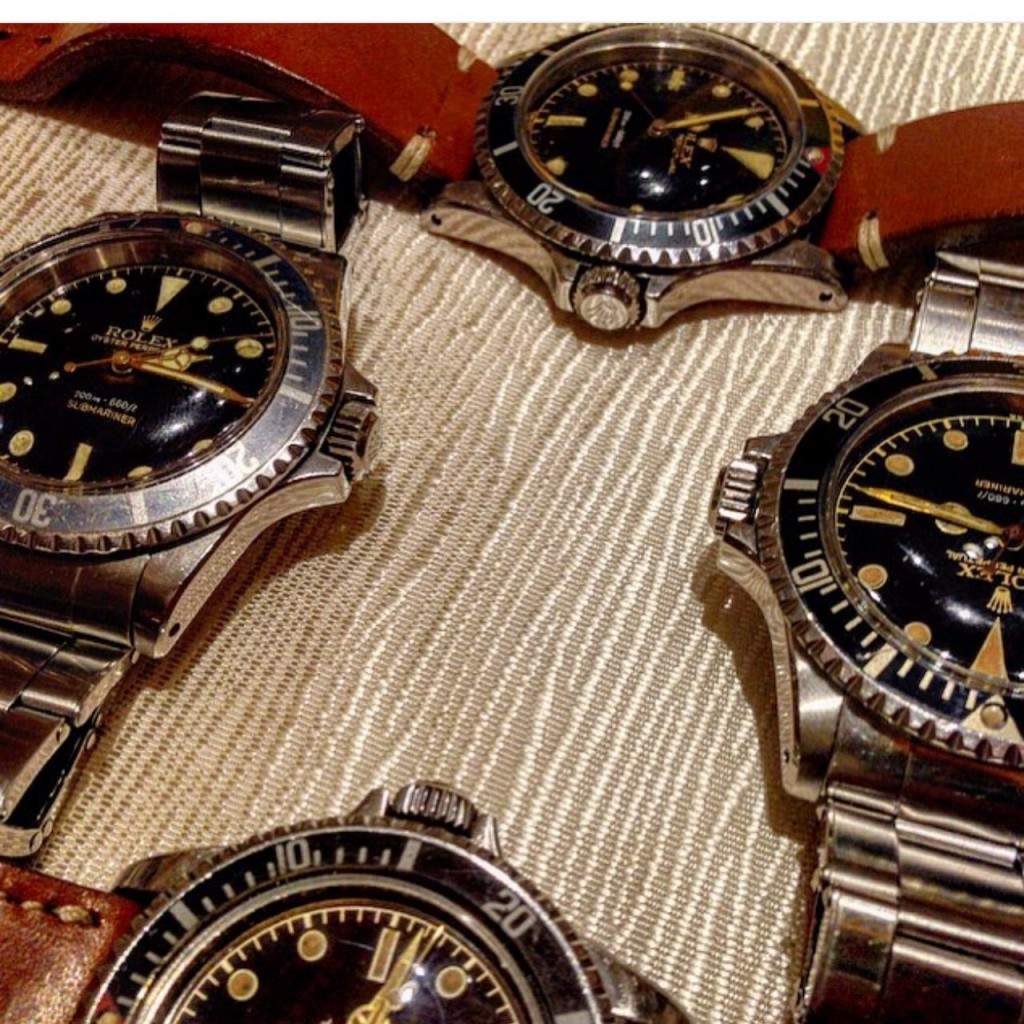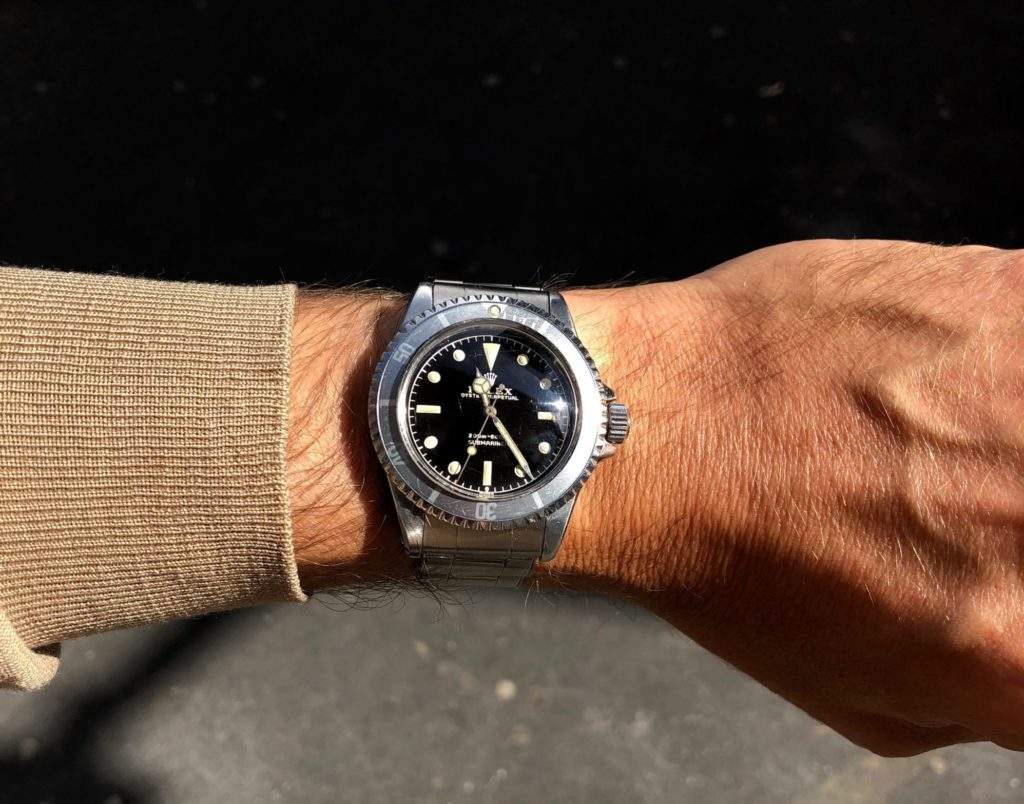
Every collector should have a watch which he wears more so than others. His so called ‘daily workhorse’.
When I am not sure what to wear I opt for a 5512 Rolex Submariner.
The 5512 is a special reference series within the Submariner family. It is an early submariner (introduced in 1959) and the series is complex to understand. Unlike the reference that followed, the 5513, the 5512 is somewhat rarer and was only produced for roughly 15 years while the 5513 was produced for almost 30 years.
The 5512 is important in Rolex history as it was the first Rolex with crown guards.
All models before it like the 6204, 6200, 6538, 5508, 6536 and 6536-1 were all submariners with no crown guards, also called small or big crown submariners (for a report on two small crown submariners click here). But in order to protect the crown better and make the watch more reliable under water, Rolex decided in 1959 to introduce a new submariner with crown guards.
Thus the 5512 was born.
According to Skeet & Ural (their book is a must have for any Rolex collector- click here) the 5512 went through four different generations. First generation were extremely rare and had square crown guards. They are very sought after by collectors today and in December 2013 Christies sold one for CHF 190′ooo (for more info click here). For the difference of pointed (left watch) and square crown guards (right watch) see picture below.
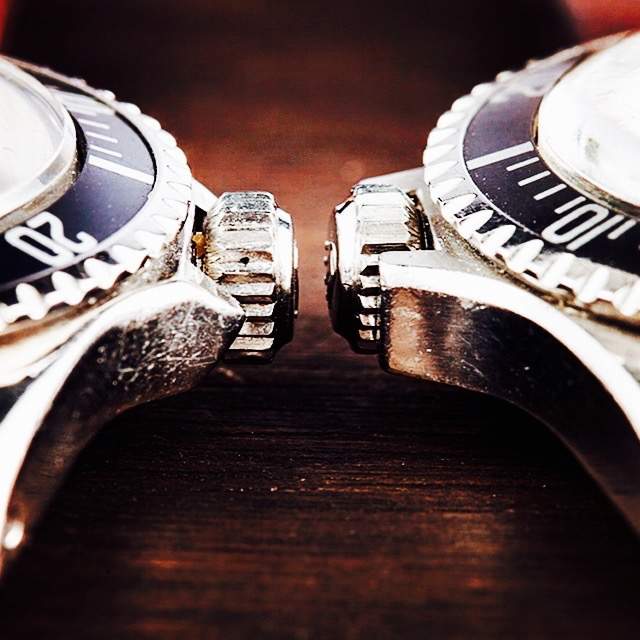
(Source: Bobs watches, California USA)
The second generation 5512, also rare and collectable are those with ‘Pointed Crown Guards’ or Cornino in Italian.
They were produced only in the early 1960s and we will be looking at this model in closer detail later on. Next came the 5512 with a Chronometer rating (also called four line model). This model was introduced in the mid 1960s and are sought after by collectors for the SCOC rating (Superlative Chronometer Officially Certified). The last 5512 was introduced in late 1960s and had crown guards were now ‘normal’ not pointed and the printing on the dial changed from gilt (golden) to white. The 5512 stopped production of this last version some time in the middle 1970s.
To sum up the differences of four generation 5512 are as follows:
- First generation 1959 Square guards, Mv 1570, Gloss blk dial, Gilt, Ch Ring
- Second generation Early 1960s Pointed guards, Mv 1560/30, Gloss blk dial, Gilt, Ch Ring, 2/4L
- Third generation Mid 1960s Pointed guards, Mv 1560, Gloss blk dial, Gilt, 4L
- Fourth generation Late 1960s Normal guards, Mv 1560, Non gloss dial, Wh print
We are going to take an in depth look at the Second generation 5512.
The watch we are going to profile is a 1962 version. The watch can be summarized as a Pointed Crown Guards, Chapter Ring, Gilt Dial with exclamation point.
Case and Crown guards of an early 5512; Serial Nr 870xxx from 1962
Some time in 1960 Rolex changed from square crown guards to pointed crown guards for their new reference, the 5512.
Only a dozen of the 5512 Square crown guards are known to exist.
Some collectors believe that the pointed crown guards were only a prototype of the rounded crown guards which Rolex would introduce later in the mid 1960s and with which we are all familiar with. The 5512 thus went through the following phases concerning the crown guards: 1) Square crown guards 2) pointed crown guards 3) round crown guards.
The case of the 5512 is quite a large 39.5mm and represents an increase from earlier models (like the 6536-1) that were 38mm in diameter.
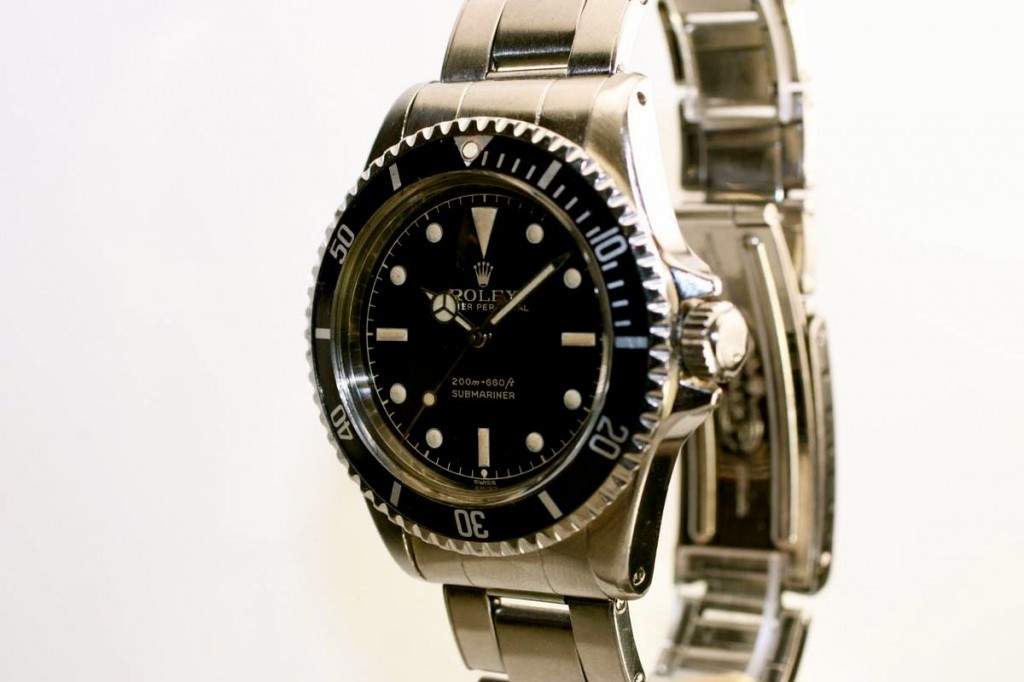
Bezel and dial & hands of 5512; Serial Nr 870xxx from 1962
The bezel most commonly found on the 5512 is the one with the first fifth-teen markers as can be seen on all subsequent models like the 5513 and 1665.
The models before the 5512 like the 6204 and the 6536/1 are known to have no markers at all only the 5 minute interval markers- they are very rare and extremely sought after. The Bezel that is often is found on the 5512 from 1962 is a fat font bezel or Mark 1, like the one below.
It is called a fat font due to the larger Font on the numbers on the bezel.
Another interesting characteristic is what collectors term the ‘kissing 40′ aspect. Notice below the 4 and the 0; they appear so close to each other that they are almost touching or ‘kissing’ each other. Collectors often refer to this Bezel as Mk1 or Mark 1. If we assume that the early 1960s 5512 had a Mark 1 bezel it is unclear when the Mark II bezel would have been introduced. Perhaps with the third generation 5512 so in the mid 1960s.
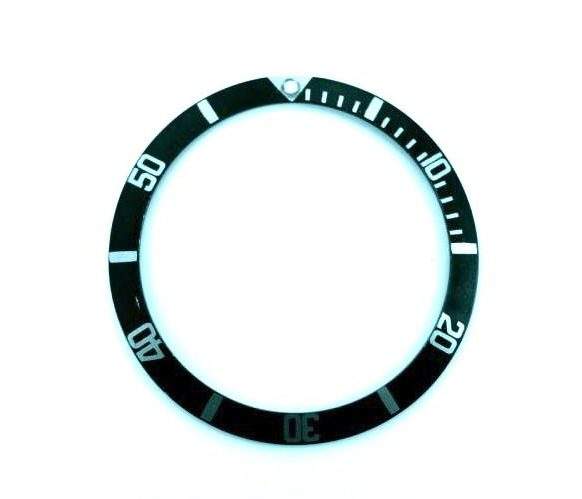
Taking a look at the dial of this 5512 from 1962 of this second generation 5512, several attributes become apparent.
Firstly it is a chapter ring (CR) dial.
Termed chapter ring due to the ring that separates the word ‘swiss’ on the bottom of the dial at 6 o’clock and the minute markers (see picture below). Only early watches are known to have the chapter ring, in the mid 60s Rolex did away with this kind of dial and instead of swiss on the bottom it was ‘swiss t< 25′ marked and no ring separating the minute markets anymore.
This was to signal the change from radium to tritium dials. Secondly this 5512 has ‘gilt’ printing on the dial. Collectors call these watches ‘Gilt’ because of the silver/golden like printing on the dial. Below all the writing on the dial as well as all the minute markers are in Gilt print.
Rolex would move away from gilt printing in the middle of the 1960s and go to a white print which in our opinion was less attractive.
Another attribute of this dial is the so called ‘ exclamation dot’ below the 6 oclock lume plot.
This was most probably (experts don’t agree on this point yet) due to the warning that Rolex had that the dials still contained radium. The hands although still gilt were more silver in color and not the more golden in tone that earlier submariners like the 6536-1 were known to have (see picture here).
Notice the close -up of the exclaimation point dial of the 5512 Rolex.
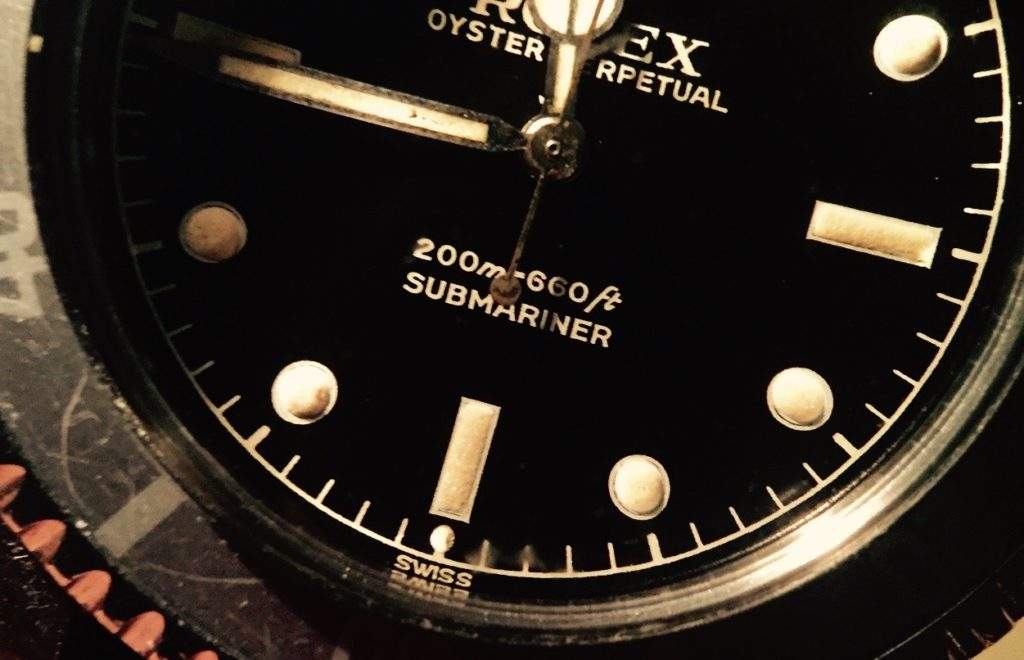
Like the models before it the hands are ‘mercedes’ type hands which Rolex would continue with subsequent models like the 5513.
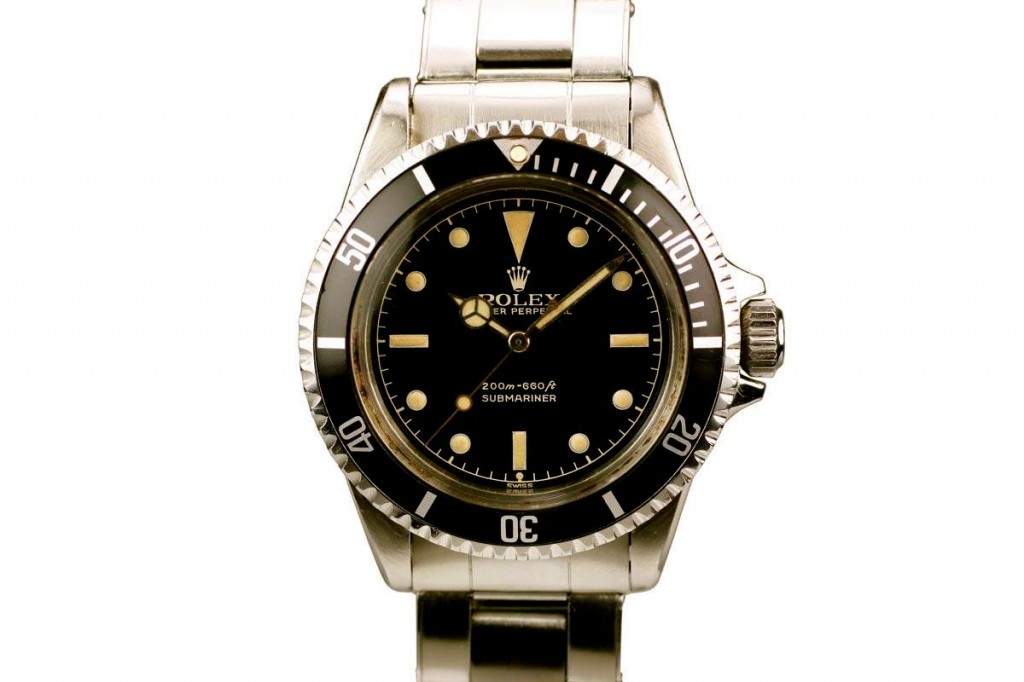
Case back and movement
The inside case back of the 5512 like most Rolex sports models is pretty standard.
The model of the reference number is clearly engraved, in this case 5512, followed by the period of the year, followed by the year. This 5512 has the case engraved in the first period 1962 – hence the I and 62 in the case back.
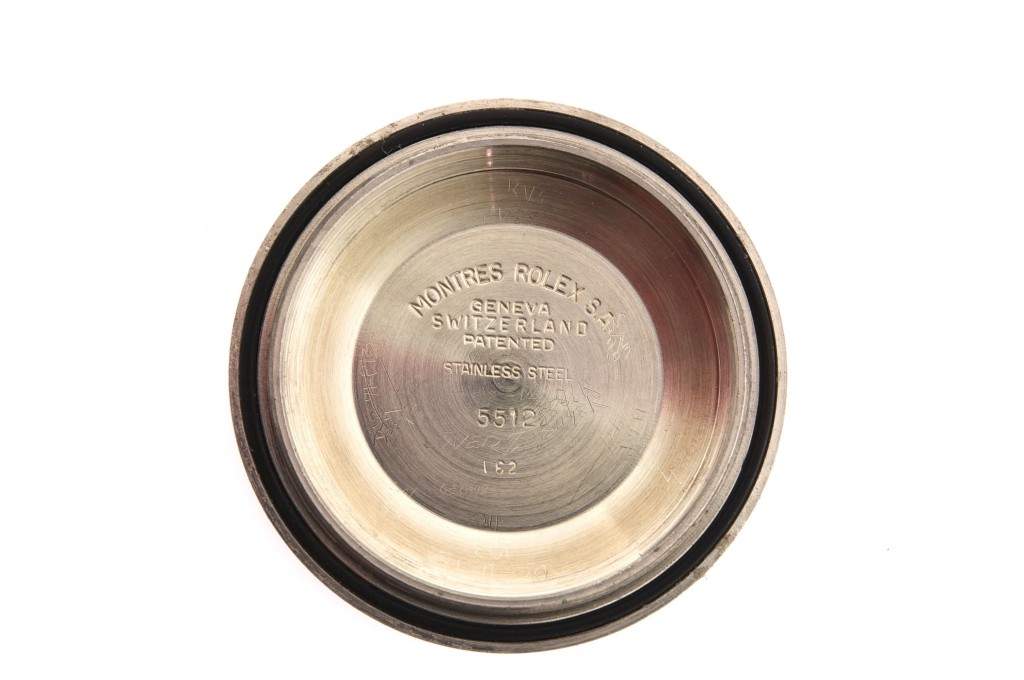
Since the 5512 was made through a long period of time there were several movements that the reference 5512 carried.
The movements were 1570, 1530 and 1560 .
In this case with this second series 5512 it is a 153o which is a ‘non butterfly movement’ which could be found on some earlier Rolex models like the 6536-1 for example. However it was not uncommon that an early 5512 like the one we are profiling carried the movement 1560 as well. Later 5512′s carried the movement 1560.
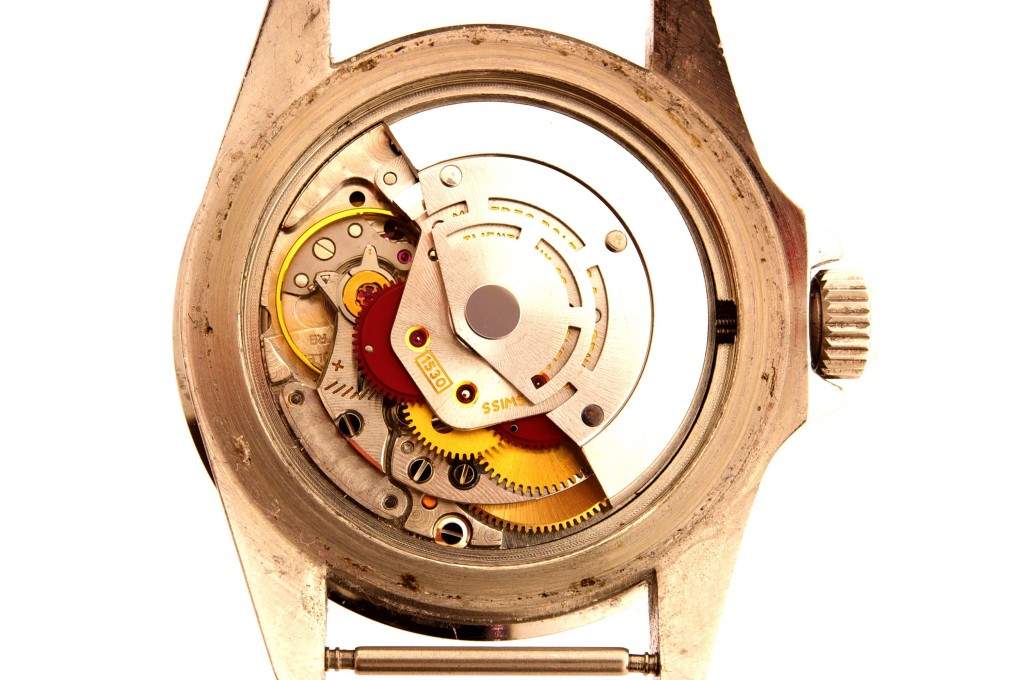
Superdome Plexi
Most early 5512 Submariner carry a super dome plexi either 19 or topic 39 which also fits a sea dweller. Below is a tropic 39 – notice the super dome plexi and how it is is rounded versus the flat sapphire scratch proof glass used today.
Also the pointed crown guards can be seen very well below.
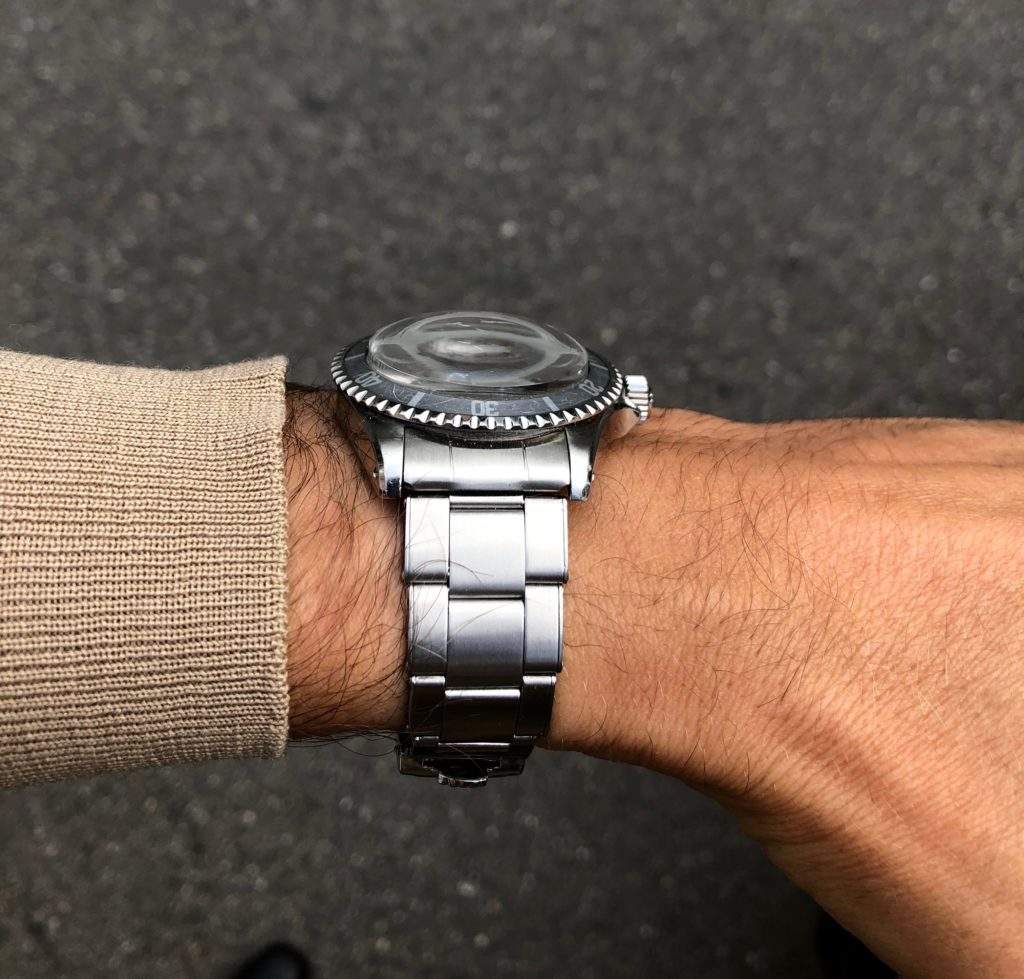
Concluding remarks
The 5512 reference from Rolex is an interesting reference for many reasons.
For one it is important in Rolex history as the first submariner with crown guards. Secondly much like an Aston Martin DB4 or Ferrari 275 GTB series, there are many versions to understand. 5512 came with CSOC but also non- CSOC, underline dial, non-underline, chapter ring, non chapter ring dial, pointed crown guards and non-pointed crown guards.
Early 5512s had gilt dials while the last generation, around 1968 carried the white printed dials. Also several different movements were housed within the 5512 reference.
Is the 5512 complex to understand? Sure it is.
But that is exactly what makes it so interesting. And for collectors of vintage diving watches and collectors of vintage Rolex sport swatches- a reference that is unavoidable.
(All pictures of the watch in this report are the same watch)
No report would be complete without some additional images of the 5512.
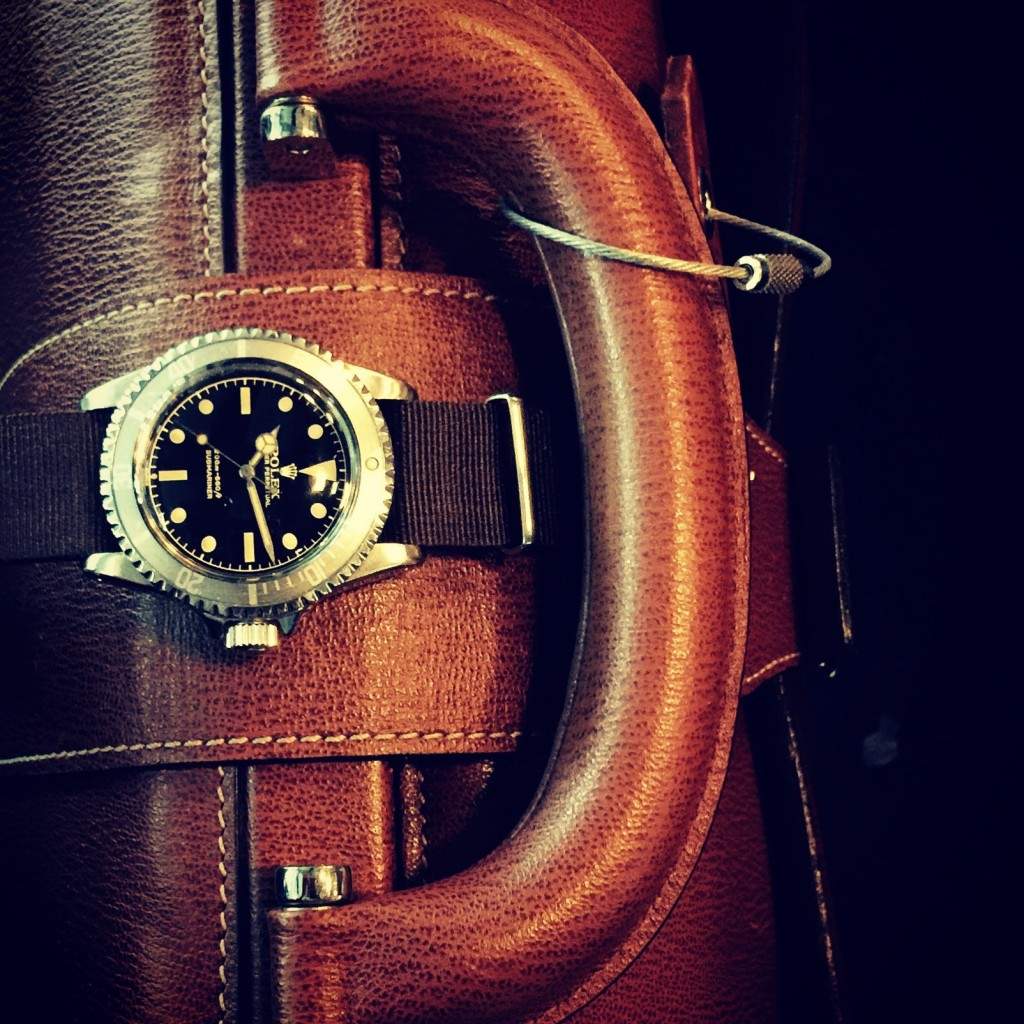
Below another close-up of the 5512. Notice the kissing 40 fast font Mark 1 type bezel which is hyper rare to find.
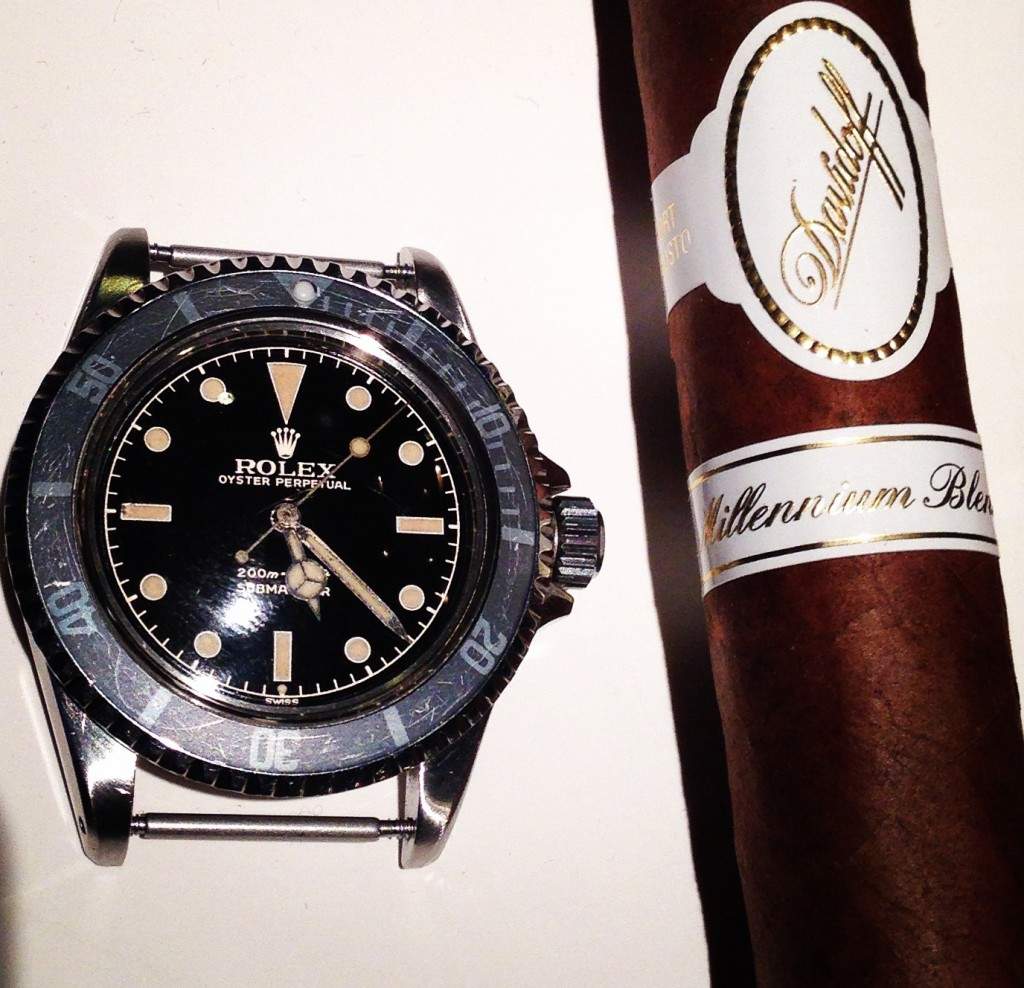
Another picture showing the clear and clean dial of the 5512 in clear light.
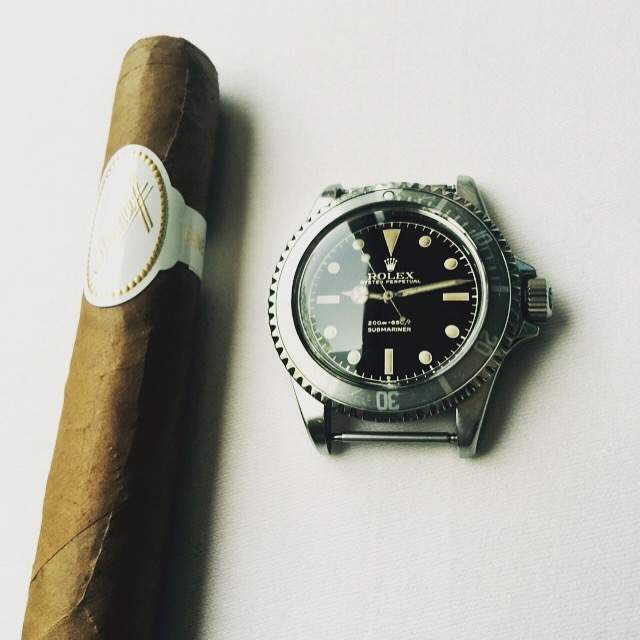
A nice side view of the superdome plexi on the 5512.
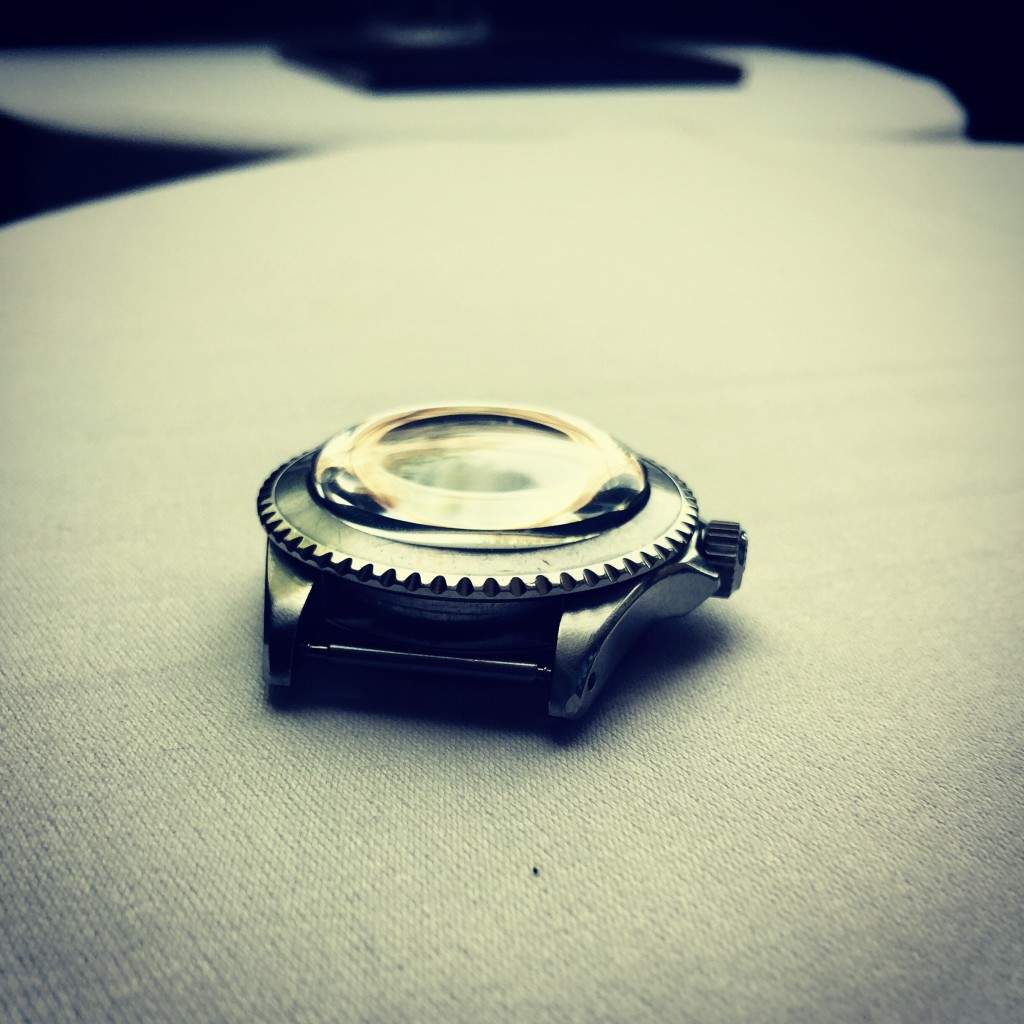
The super dome causes the dial to appear even larger and gives a perfect image of the dial. See picture below – a 5512 in natural sunlight.
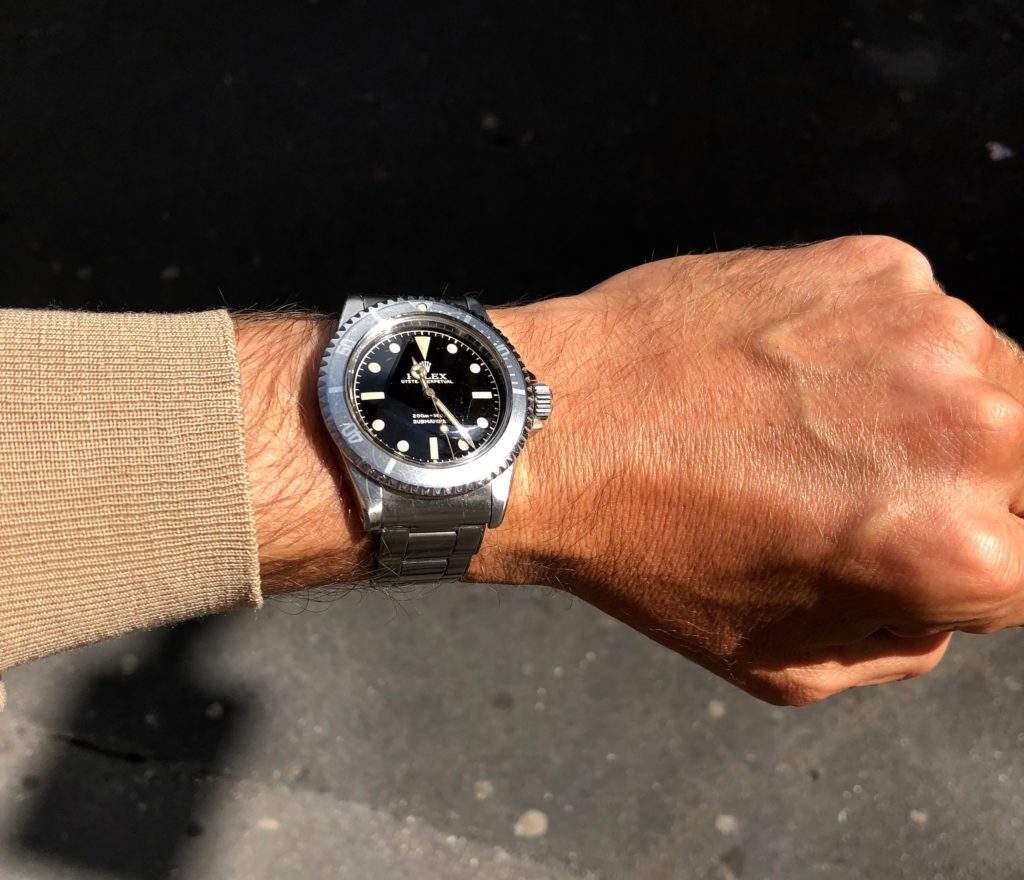
The next picture below shows very well the pointed crown guard using the same watch.
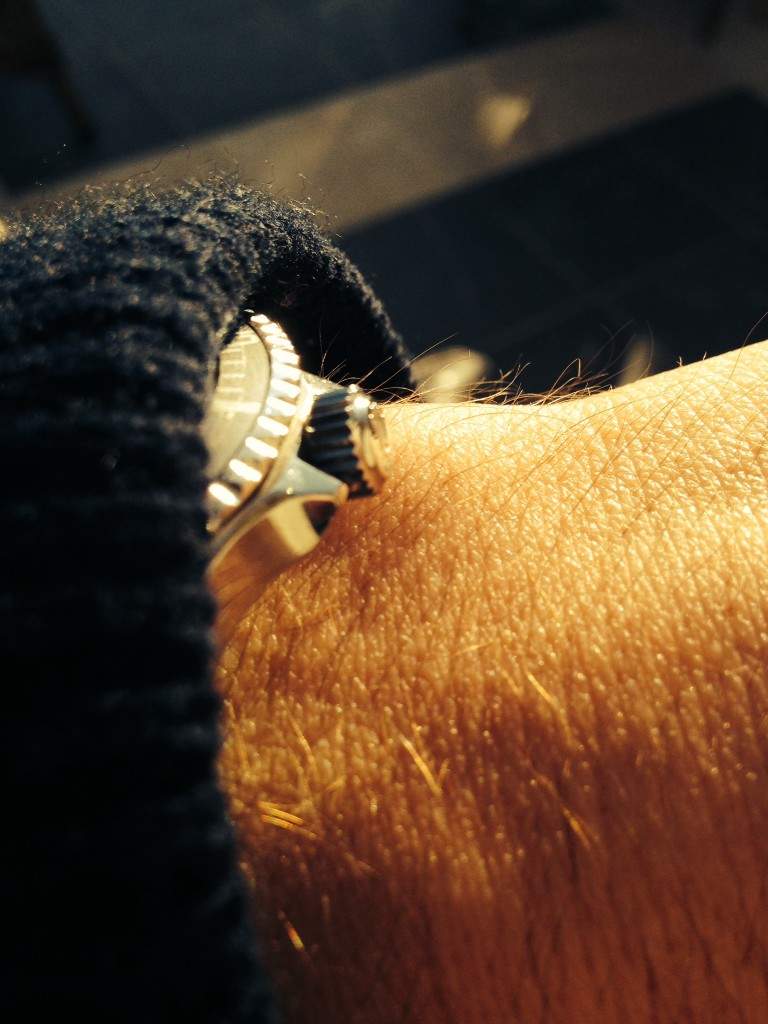
The next 5512 is a very rare 4L transitional dial – what a beautiful example! (picture credit: G Hess).
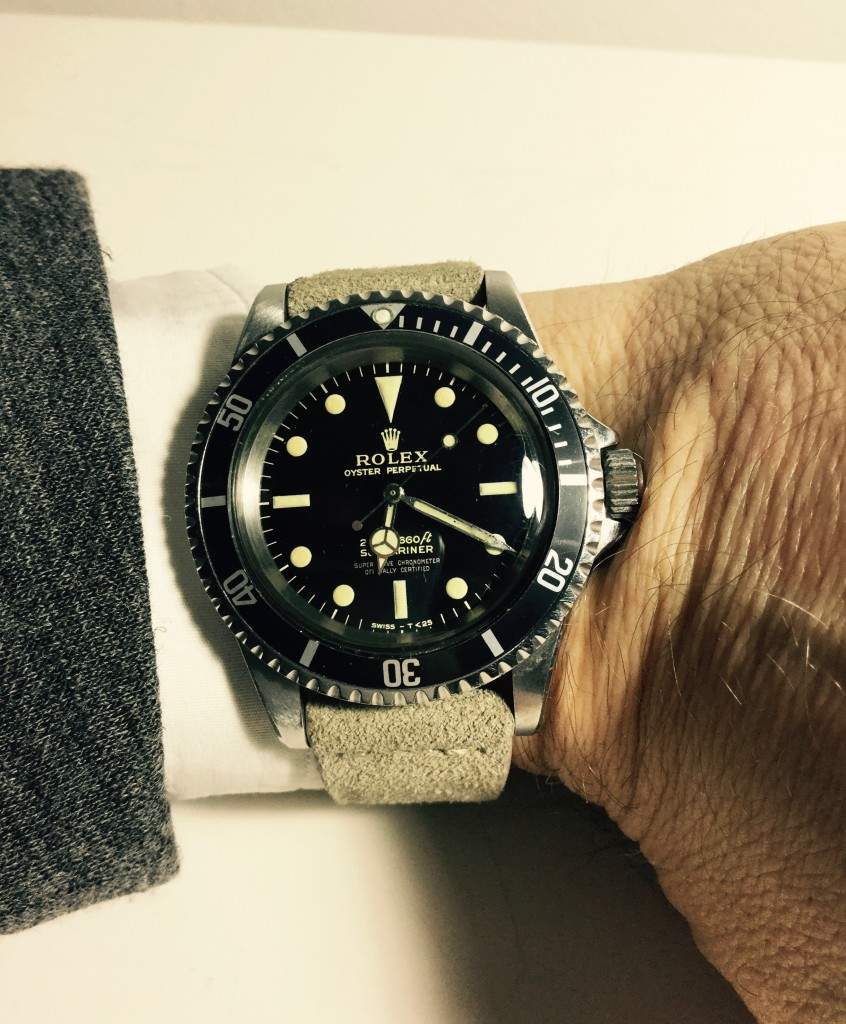
Four liner 5512 also exist with chapter ring which is most likely an earlier version of the transitional model above (see below). (Credit: silas815)
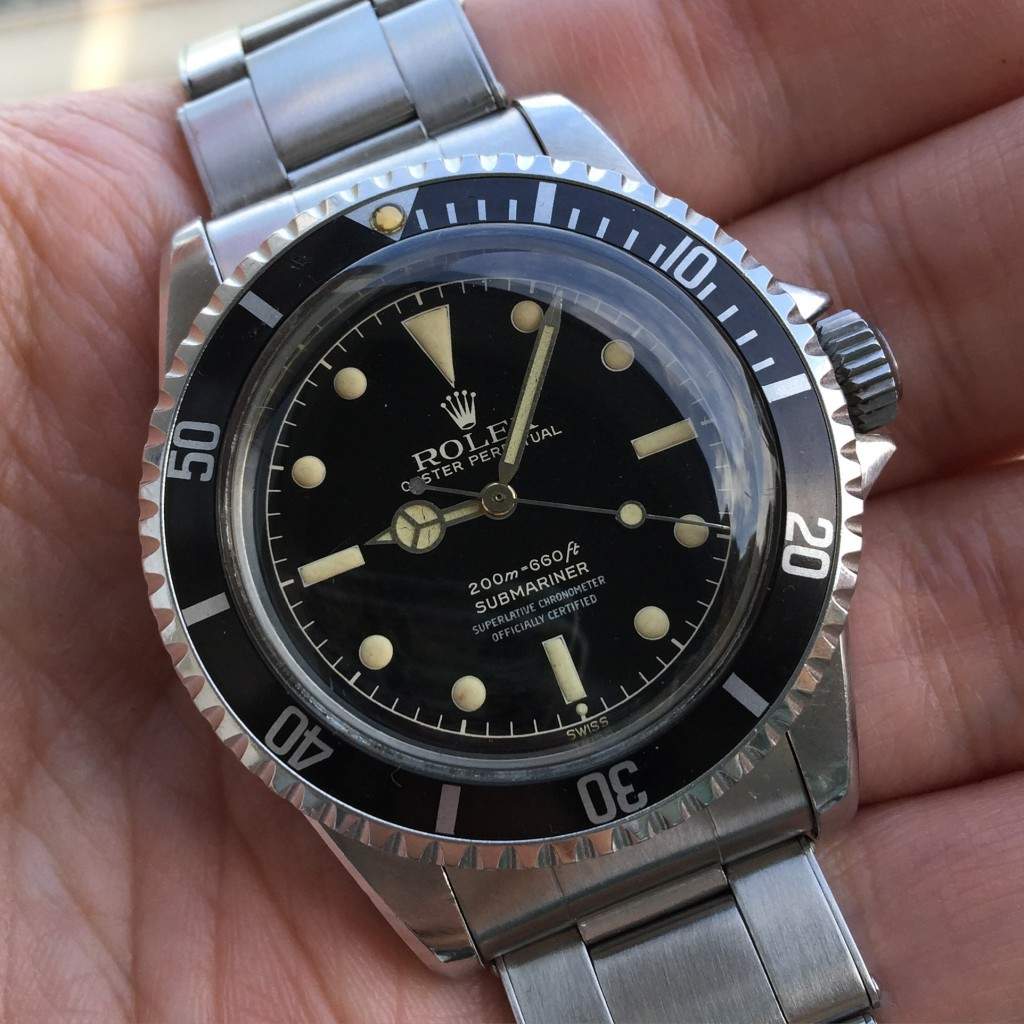
Last because the 5512 submariner square crown guards are so rare, here are four of them at a GTG with Asian collectors (credit: KKevall).
